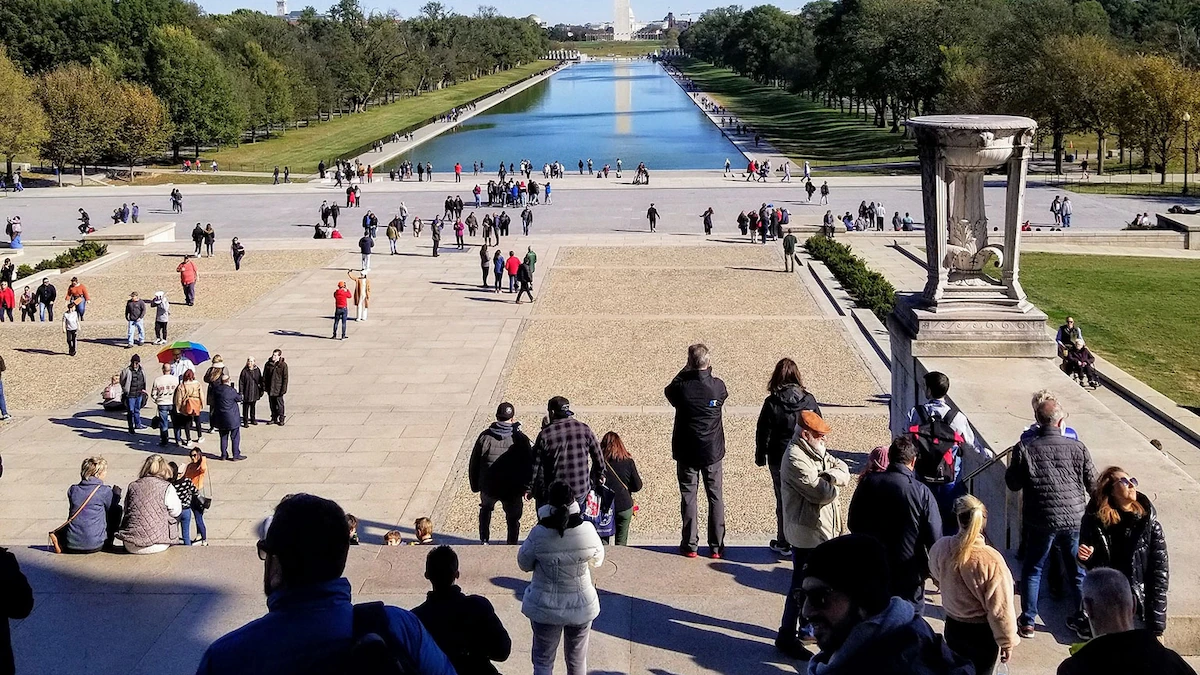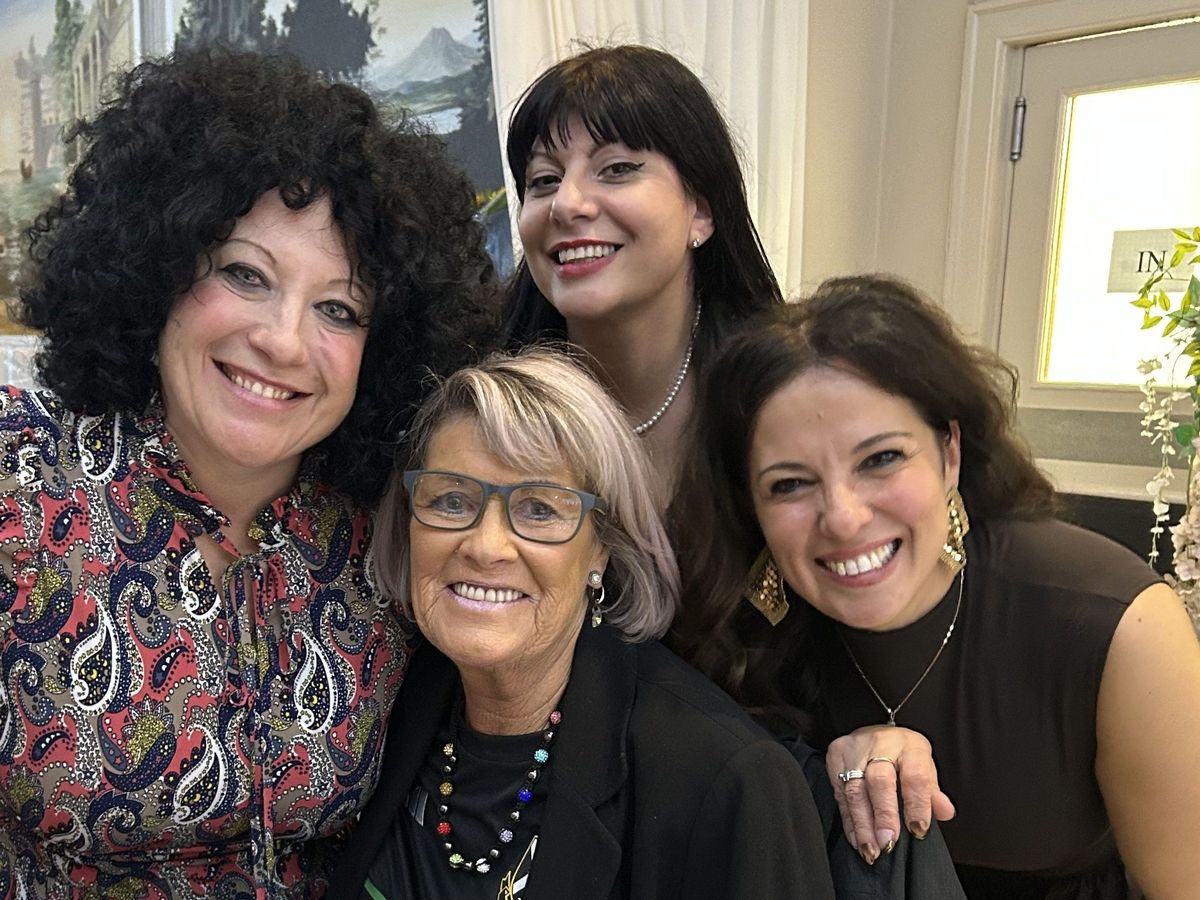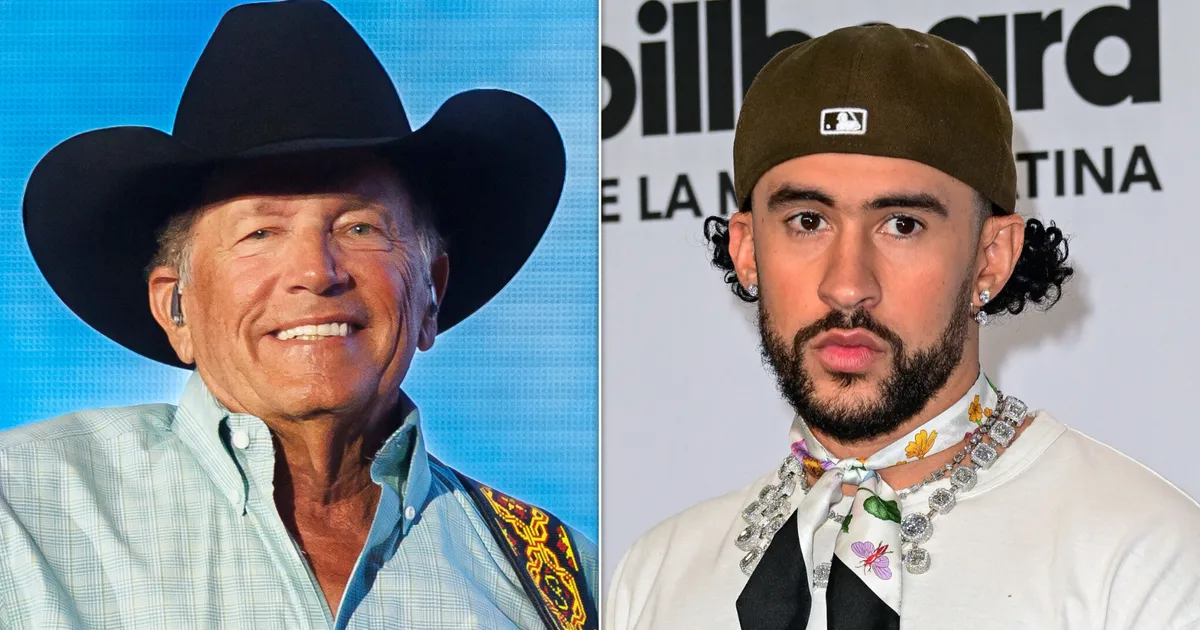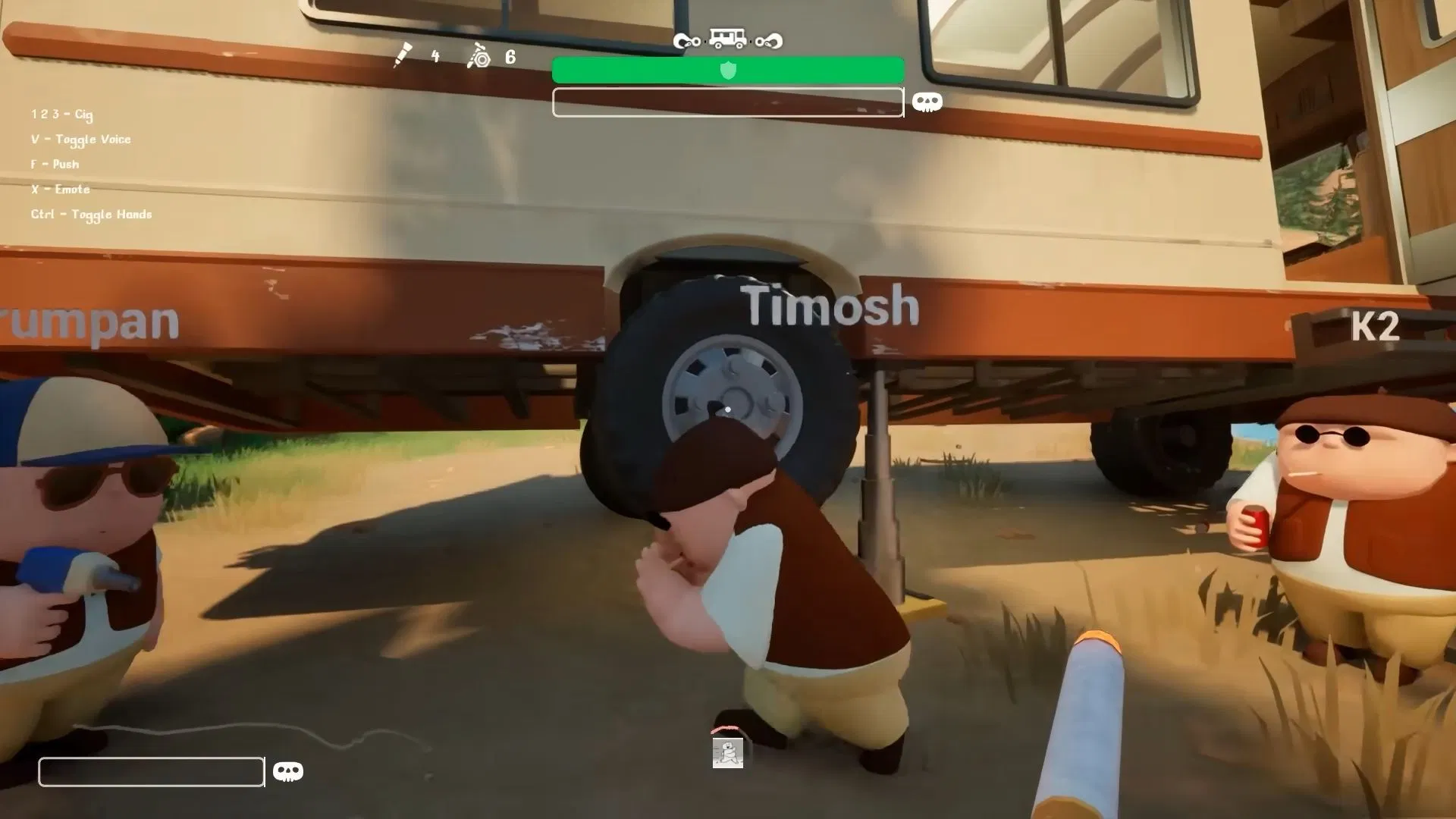Copyright National Geographic

Virginia Ali and her husband Ben Ali opened Ben’s Chili Bowl in Washington, D.C.’s U Street neighborhood in 1958 when she was 24. The diner serving homemade chili and its signature half-smokes (half pork, half beef sausages) became a fixture on Black Broadway, the epicenter of Black society and the Civil Rights Movement in the nation’s capital from the 1920s through the 1950s. “When we opened Ben’s, we wanted it to be a welcoming place for everybody, and it became a gathering place,” says Ali, 92. Just two miles away from the District’s iconic Washington Monument on the National Mall, Ben’s Chili Bowl is an attraction of its own—a local neighborhood gem and a D.C. time capsule with stories of presidents and historical figures, too. Ben’s is just one of the many restaurants, shops, theaters, and galleries in over 131 neighborhoods from U Street to Georgetown to see D.C. through local eyes. As Ali says, it’s the people who make D.C. what it is. Get to know these historic and newer enclaves that Washingtonians call home—in no particular order. 1. U Street The arrival of the Metro, Washington’s subway system, in the 1990s ushered in a period of transformation to 14th and U Streets, once known as the crossroads of Black Broadway, buzzing with theaters and jazz clubs. A decade later, Andy Shallal opened Busboys and Poets, a progressive bookstore, restaurant, and event space named for the poet Langston Hughes, who worked as a busboy in a D.C. hotel. Shallal sought to honor the neighborhood’s past and to create community in a third space that locals have voted as their favorite place to take out-of-towners. “Busboys and Poets represents a lot of D.C.,” Shallal says. “We’re a political place; we’re a literary place; we’re a very diverse place; we’re an artistic place… so a lot of the things that make D.C. home for so many of us.” Next to Busboys, find the St. James, a Michelin-starred, modern Caribbean restaurant known for its callaloo soup topped with crab. Then, to connect with U Street’s jazzy past, step into JoJo Restaurant and Bar for live music sets Wednesday through Sunday. 2. Union Market Since 1931, the Union Market area has been a place for local commerce, where vendors sold meat and produce from open stalls. The indoor market, dating back to 1967, now has over 40 local food vendors, makers, and artisans. One of the District’s newest neighborhoods—filled with condos, apartments, restaurants, entertainment venues, and other local retailers—surrounds the market. Stop by Shop Made in DC, one of several neighborhood outposts featuring products from over 200 makers across the city, including colorful prints of D.C. neighborhoods by Territorie. “You could easily come to Union Market and spend an afternoon shopping,” says Stacey Price, owner of Shop Made in DC. She suggests an emporium of vintage shops inside an old bank called Vintage Vintage Vintage; Shelter, a D.C. jewelry shop; and Salt and Sundry, a home goods and lifestyle boutique. But the market itself is the main attraction, a haven for foodies seeking a D.C. twist on global cuisines like South Asian dosas and Korean tacos from DC Dosa and Takorean. Sit outside at colorful picnic tables or head up to the Hi-Lawn, the Union Market rooftop, for a cocktail while taking in the sunset and views of the surrounding neighborhood. A block away down Neale Street, find the Latin Market, La Cosecha, where you can pick up a few salsa moves alongside locals on weeknights. 3. H Street Erik Bruner-Yang has lived and worked on H Street since 2006. “I think it’s super special, not just in the way it is now, but its deep, rich history,” says the chef-owner of Toki Underground and Maketto, two popular and highly acclaimed restaurants in the neighborhood. “H Street is a good representation of D.C.’s past, present, and future.” H Street’s past as an important shopping thoroughfare for Black residents began with the arrival of streetcars in 1849. It remained so until the riots after the assassination of Martin Luther King, Jr. in 1968 destroyed businesses. Revitalization efforts brought new businesses to the area in the early 2000s. Take a newer version of the DC Streetcar from Union Station, D.C.’s train station, down H Street to sample some of the best international flavors in the city, from Ethiopic, showcasing traditional Ethiopian fare, to Granville Moore’s, a neighborhood mainstay for Belgian moules frites. And, of course, there are Bruner-Yang’s spots: Toki Underground, where you can sit shoulder to shoulder with neighbors sipping some of the tastiest ramen broth anywhere, and Maketto, for Cambodian-Taiwanese cuisine by night, a coffee and vinyl shop by day. Connect with the local community through art, dance, and performance at the Atlas Performing Arts Center, a historic movie theater. But the H Street Festival in September is the best chance to get to know the neighborhood. District residents descend on the street to celebrate over 12 blocks with 15 live music stages, 500 vendors, and an estimated 150,000 attendees. 4. Georgetown Before there was Washington, D.C., there was Georgetown, established by Maryland in 1751. The port town officially merged into the District of Columbia in 1871. The Nacotchtank Indians, later known as the Anacostians, were the first inhabitants, and in the 1860s, there was a thriving community of free and enslaved Black people living here. “Georgetown is a D.C. neighborhood that you won’t find anywhere else,” says Price, who has a Shop Made store in the neighborhood. “Nowhere else will you find a neighborhood that feels quaint and old, but also has new, hip, emerging businesses, while hearing multiple languages as you walk down the street.” In this neighborhood, visitors can wander through its many time periods. Dumbarton Oaks Museum & Gardens is a true hidden gem, a mansion built in 1801 that was home to a diplomat with an impressive Byzantine and Pre-Columbian art collection, and a magical, terraced garden designed by renowned landscape architect Beatrix Ferrand. From there, meander past local galleries and boutiques like The Phoenix along Wisconsin Avenue and brick-and-mortar online brands on M Street. Find local eats at Yellow, a Levantine cafe serving pistachio-crusted pastries and wood-fired pizzas topped with lamb or falafel; or Chaia, a vegetarian taco shop in an adorable brick house steps from the Georgetown Waterfront. The quaint architecture also conceals a cool nightlife, like at Floreria Atlantico, a bright flower shop with a moody speakeasy downstairs. 5. D.C. Wharf Take a bright yellow water taxi—while listening to a narrated tour—from the Georgetown Waterfront to the D.C. Wharf, home of the oldest open-air fish market in the country, dating back to 1805. For years, Washingtonians like Price have purchased fresh fish, crab, and oysters here. Get cooked-to-order shrimp from Jessie Taylor Seafood, operating since 1939, or try your hand at cracking open steaming hot Chesapeake Blue crab. Oyster lovers can eat some of the best at Jessie’s or Rappahannock Oyster Co. and Hank’s Oyster Bar, farther down the pier, where the area gets more upscale in an entertainment playground on the water. Get swanky at Moonraker, the Japanese-themed rooftop bar at the Pendry Hotel, with floor-to-ceiling views of the Potomac, boasting epic sunsets and a cozy firepit set up outside. Join locals for live music from national artists at The Anthem, and hear local or indie artists at Pearl Street Warehouse. Arena Stage introduces plays that often make their way to Broadway. Or just be entertained by residents’ quirky celebrations like the Running of the Chihuahuas in May or the Holiday Boat Parade in December. 6. Navy Yard Nationals Park, where Washingtonians go to cheer on their beloved baseball team, “The Nats,” was the site of the oldest shipyard, operating from 1799 through the end of World War II. The nearby National Museum of the U.S. Navy tells the story. Today, the Navy Yard neighborhood keeps locals and visitors entertained with world-class sporting venues like Nationals Park and Bull Pen for epic tailgating to Audi Field, home of men’s and women’s soccer teams, D.C. United and the Washington Spirit. There are lots of local programming happening all the time with really killer concerts, says Chef Kyle Bailey of The Saltline Oyster and Ale at the Navy Yard, which has ample outdoor seating for unobstructed views of the Anacostia River while eating local oysters. Bailey is proud of his partnership with an oyster recovery program that returns discarded shells to the Chesapeake to restore oyster beds. He’s also proud of the world-class dining in the Navy Yard, like Albi , led by the James Beard Award-winning chef Michael Rafidi, serving outstanding Levantine dishes. Find Chloe across the street, a global melding of Lebanese, Western European, and South Asian cuisine with inventive cocktails. 7. Historic Anacostia Formerly enslaved abolitionist Frederick Douglass was Anacostia’s most famous resident, with his home, Cedar Hill, boasting the best views of the capital of the U.S. Douglass lived at Cedar Hill from 1877 to 1895, when Anacostia was one of the first D.C. suburbs and home to Black laborers who worked across the river at the Navy Yard. The neighborhood was known for civil rights organizing and activism that now has a main thoroughfare named for Martin Luther King, Jr., which intersects with another main street named for former Mayor Marian Barry. This area celebrates go-go, the official music of D.C., at a museum that highlights the history of the African percussive beat that goes and goes. Schedule a tour of The Go-Go Museum’s interactive exhibits and maybe be treated to a live performance on its outdoor stage. Across the street is Grounded, a plant shop, coffee shop, and co-working and wellness space known for its Grounded Matcha Latte, blended with pistachio syrup and butterfly pea. Drop in for a yoga class or sound bath session, while surrounded by biophilic design. “I recommend stopping in for a coffee and walking down to Anacostia Park or going to the Anacostia Community Museum, says Grounded co-owner Daunuelle Doswell. The Anacostia Riverwalk Trail is a 15-minute walk away from the 11th Street Bridge, leading to the park with views of the river and wildlife. Stay in the neighborhood to see vibrant murals pop up along Martin Luther King or visit Honfleur Gallery on Marion Barry Avenue to see local contemporary art exhibits. End at Sapodillas to taste Guyanese family recipes and hibiscus-flavored cocktails, or another outpost of Busboys and Poets to find community with Washingtonians.



